ELEVEN QUESTIONS: Karen Hill Anton
Everything changes. You’ll be all right. I live by that. It’s my background music. Knowing this is the antidote to fear, regret, guilt, worry. It strengthens my ability to be resilient.
impervious, adjective im·per·vi·ous | \ (ˌ)im-ˈpər-vē-əs \
Definition of impervious: not capable of being damaged or harmed. Not capable of being affected or disturbed.
Writer and ni-dan ranked Shodō calligrapher Karen Hill Anton answers Eleven Questions for Occasionally Impervious. Karen has lived in Japan since 1975 and is the author of the award-winning memoir “The View From Breast Pocket Mountain” and the novel “A Thousand Graces.”

1. What can you tell me about your given or chosen name?
I was named after a movie star, Karen Morley. My father told me she was my mother’s favorite and although he’d wanted to name me Portia, my mother prevailed. (I would have hated being named Portia!)
When I was growing up, Karen was an uncommon name, and I knew only one other girl with the name. I used to wish my mother had chosen to name me Barbara or Linda or Joanne or Jane. They were my friends. Their mothers were Bertha, Ethel, Gladys and Thelma—names one seldom hears anymore. I was an adult before I met another Karen.
It’s hard for me to accept that calling someone “a Karen” typically means she’s an upper middle-class white American woman who’s overly demanding, entitled, privileged. It annoys me, and while admittedly it’s not personal, I perceive it as an insult—to me, and the others who bear the name. The name Karen has its origins in Scandinavia and can mean purity and innocence. Over the years I’ve visited Denmark, Sweden, and Norway and I’ve met any number of women named Karen.
I’ve made my home in Japan since 1975. Shortly after arriving here, I began the study of calligraphy, Shodō (The Way of Writing). Shodō is an art form, and moreover, it’s a discipline. It is common for acolytes to spend decades devoting themselves to the study of calligraphy. After more than 30 years of study and practice, I achieved the designation ni-dan, second-degree mastery. In Shodō, it is customary for your sensei to bestow you with your calligraphy name, and that is how you sign your finished works. Usually, you stamp your inkan 印鑑, a seal the color of vermillion, below your name.
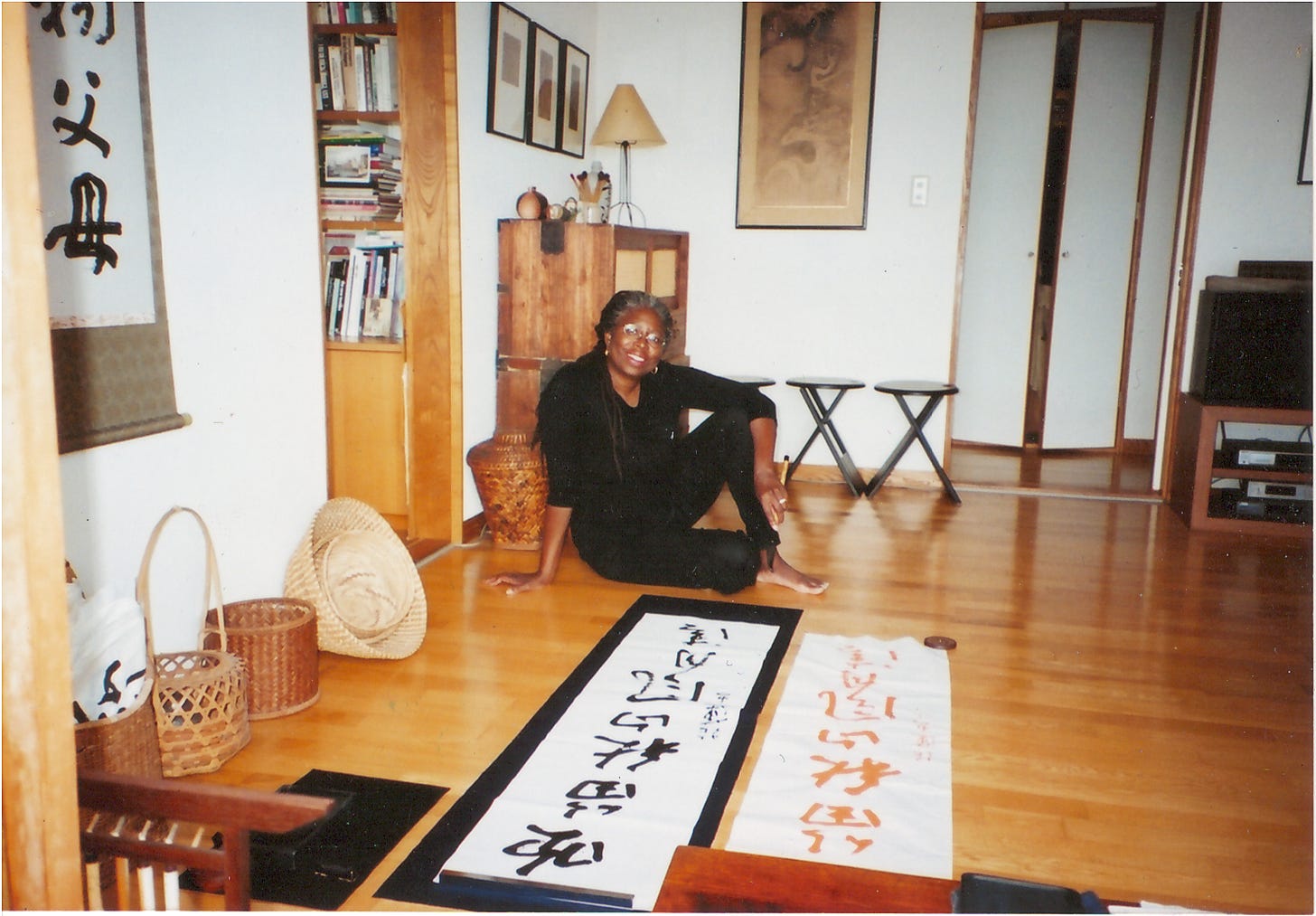
My teacher named me 花蓮. The first character, read as Ka means flower, the second character read as Ren, means lotus. Once on a visit to Taiwan, while exploring the calligraphy gallery at the National Palace Museum in Taipei, I chanced to talk with a Taiwanese woman as we admired the same scroll. When I mentioned my calligraphy name is 花蓮 she exclaimed: “That’s Hualien in Chinese! And it’s the name of one of the most beautiful places in all of Taiwan!”
2. Do you have a favorite book or story from your childhood?
As a child, my favorite story was “The Little Match Girl” by Hans Christian Andersen. It’s a sad story but I’ve always loved fairy tales. My husband, Billy, bought a full collection of fairy tales, Andersen’s and The Brothers Grimm, to read to our children but I think they enjoyed 日本の昔話 Nihon no Mukashibanashi, Japanese Folktales more.
My eldest daughter, Nanao, was 6-years-old when we came to Japan. After a few months, she was functional enough in Japanese to enter elementary school. My other three children, Mie, Mario, and Lila speak Japanese as their first language. That was natural for them as their world (playmates and classmates, teachers and neighbors) were all Japanese. Growing up, they never had an English-speaking friend. My husband studied Japanese and is fluent. My Japanese is poor as I did not have the opportunity to study it formally, but living in a community where there are no foreigners, I speak Japanese on a daily basis. And as Japanese is three discrete skills—speaking, reading, writing—I can say I can write it, with a brush.
As a teenager, my favorite book was “Jane Eyre” by Charlotte Brontë. It is not lost on me, now that I think of it, that I identified with these characters—both impoverished, and one an orphan. I have read “Jane Eyre” several times, but not in recent years. I possess a first edition of “Jane Eyre,” a gift from a friend, it’s one of my treasures.
3. What are your favorite sounds? (If you are Deaf or hard of hearing, please share a favorite sensory experience of your choosing.)
The voices of the people I love. Hearing the voices of my husband, children, their spouses, my grandchildren, and good friends, means we are together. And that’s always a welcome and good thing.
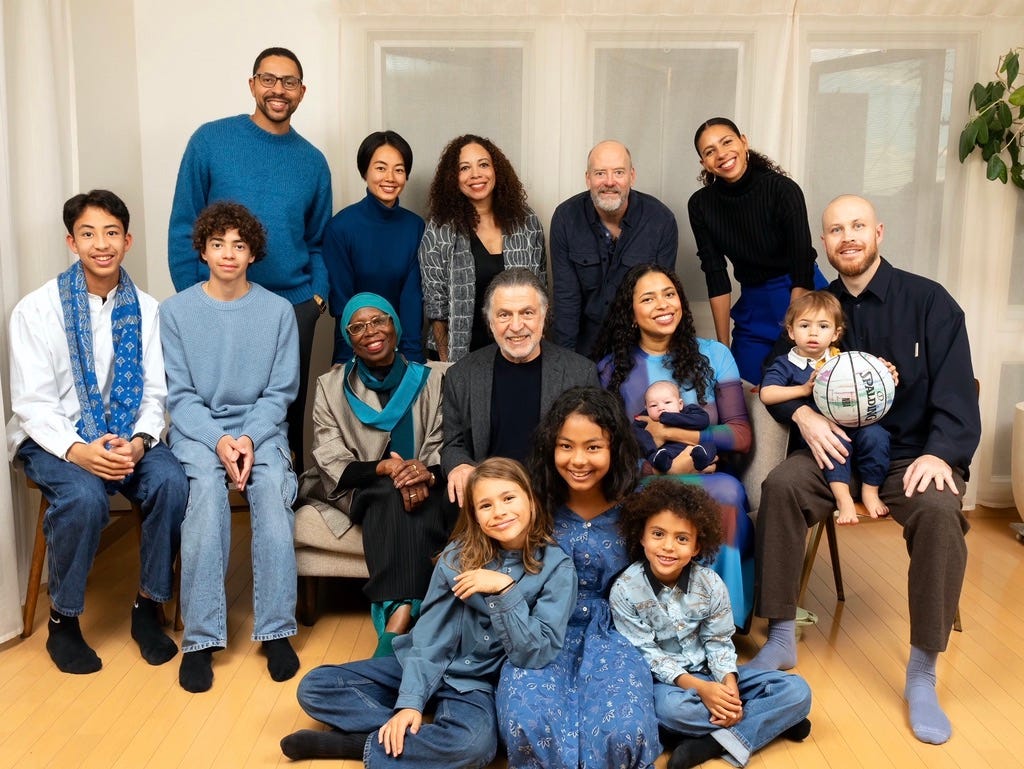
4. What is your favorite thing to eat? Do you know how to make it? Who taught you?
I love pasta, and I learned how to make many different sauces (Amatriciana, Bolognese, Gorgonzola, Anchovy and Pepperoncino, Pesto alla Genovese, Caponata, and more) from my good friend, the late Master Chef, Franco D’Angelo. I met Franco in Hamamatsu when he was the chef/manager of the best Italian restaurant there. As good as the food was at his restaurant, the best meals were when he invited me to his home. Sometimes he’d come to my house and take over my kitchen and cook, and that’s when I’d learn how to cook some of his dishes.
One of my favorite dishes to make, a simple soup, is one Franco taught me. He always told me not to share his recipes, that they were his secrets. Now that Franco has passed away, I’m sure he won’t mind, as it’s a way for his memory, and his recipes, to live on. I created a cookbook for my children, and one of the recipes is Franco’s Pasta e Fagioli:
PASTA e FAGIOLI – Franco’s Recipe
SOAK (overnight): 4 cups (about) white beans (e.g., Great Northern, Cranberry, Navy)
Cook in enough water to cover – about 5cm water over top of beans
Bring to a boil, turn down low, let it cook, about an hour, maybe more – check to see if the beans are soft, or need more water/cooking time
SAUTE -- 1 onion, 1 carrot, 1 stalk celery (leaves too if you want)
Feel free to make that 2 onions, 2 carrots, 2 celery!
And oh yeah, some garlic – a little, or as much as you can stand
ADD above to beans. Put in some bouillon (vegetable, chicken, or nothing – doesn’t matter at all)
Add salt and fresh rosemary (if you have it) towards the end of cooking
BLEND about a third of the soup and put back in pot
Serve with cooked pasta, a drizzle of olive oil, and fresh ground black pepper
5. What is your favorite quote?
I have so many! This one by Bertrand Russell led me to read all three volumes of his autobiography, three biographies, selected Letters and Writings, and I have the book “The Quotable Bertrand Russell” next to me on my desk. I am not even sure why this resonated so much with me, but it did. I felt it was imbued with Russell’s warmth, sensitivity, and compassion:
“Three passions, simple but overwhelmingly strong have governed my life: the longing for love, the search for knowledge, and unbearable pity for the suffering of mankind.” -Bertrand Russell
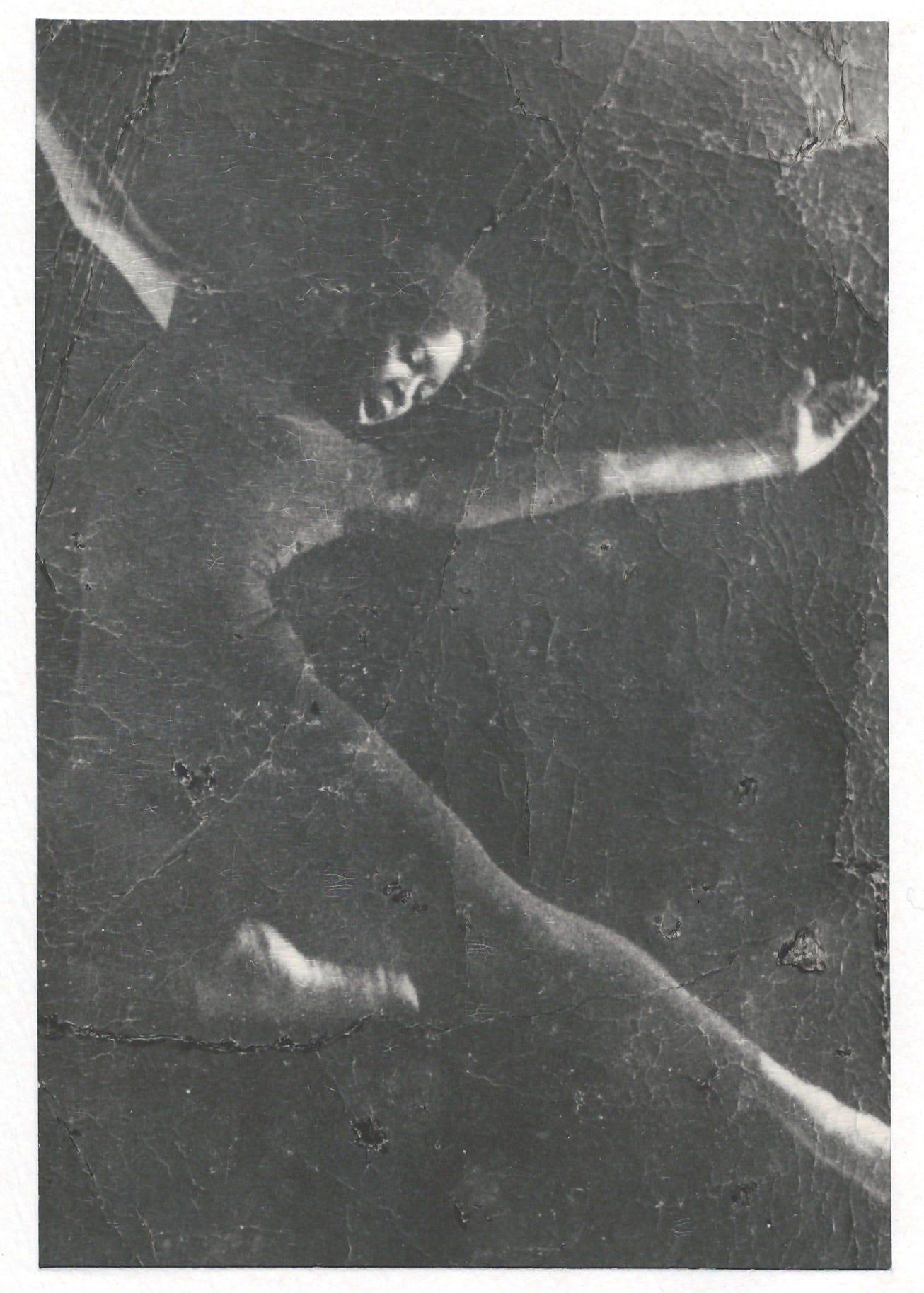
6. What is something that you used to believe but no longer do?
That there is a God. “Used to” as in a long, long, time ago. And I don’t know that I ever really believed it. Like many others, I was indoctrinated with my parents’ religion, long before I was mature or informed enough to give the idea of a god – and there have been thousands of gods – any serious thought.
7. What do you value most in a friendship?
Communication and mutual support. Living as I do, in somewhat isolated circumstances, maintaining a friendship may not be as easy as getting together with someone to have a cup of coffee at the corner café. While I am always happy to have friends join me at my table, I’m sorry few of them live close enough to be called neighbors. Still, I try to stay in touch with friends.
Years ago, it was through carrying on regular correspondence, with written letters. These days, I still send letters that are notes, written with a fountain pen, on fine stationery, with stamps I’ve chosen. These letters may just be a few words to let a friend know that I think of them. However the communication or behavior, friends can always benefit from support, engagement, mutual encouragement.
8. Where is home? If it is a physical place, does it still exist? Who lives there now?
My home is in Shizuoka prefecture, Japan. It exists, I live here, with my husband. And my home in Shizuoka has been my home for the past 50 years. I was born and raised in New York City, precisely in the Washington Heights neighborhood of Manhattan. I left there when I was 19 years old, which was a very long time ago. What used to be home is as alien to me now as a place I’ve never visited.
9. Who or what is your biggest motivator?
Myself. I wake up every morning grateful I have the opportunity to do the things I love and enjoy: swim, walk in the park, sit on the deck in the sun, answer a communication from a friend, think about what to make for dinner, go to my Hula class, knit a pair of socks, check to see if the basil I planted has survived!
I derive great pleasure through writing Japanese and Chinese calligraphy. I love producing this ancient form of writing in our modern world. My life is, and has been, wonderfully enriched through travel. These days, more than visiting new places, I like going back and rediscovering places I’ve been before, especially visiting with friends in those places.
And yes, writing. I was motivated to write my memoir because I knew I had a story to tell. I was motivated to write my novel because it was a story I’d envisioned and had lived with me for a long time. In both cases, the motivation to write them was to share stories with readers.
I never feel compelled to do anything. I never feel that I must accomplish or produce something for the sake of anyone or anything—not even money, which I think is overrated. It is simply a privilege to be alive, in good health, and free to do the things I want to do. And yes, this is one of the great advantages of reaching a mature age.
10. What is one helpful piece of advice someone shared with you when you needed encouragement or a kind word?
Everything changes. You’ll be all right. I do not remember who told me that, or indeed if anyone told me that. But it is something that lives with me and that I live by. It’s my background music, if you will. Knowing this is the antidote to fear, regret, guilt, worry. It strengthens my ability to be resilient
11. When do you feel most impervious?
I don’t know that I ever feel impervious—and that’s probably because I know that it is possible I can be “damaged or harmed,” “affected or disturbed.” I also know that those states are not permanent, and that I am resilient.
12. BONUS QUESTION: Where do you live now and what would you miss most if you left tomorrow?
I live in a house custom-designed by a friend who’s an architect. It was built 35 years ago, and as one might suspect, my life has changed in that time. Still, this is my home, and when I look around, I see things I love. Gifts from my husband, children, and friends. Interior design elements that give me pleasure. There are memories in the photographs and books that surround me. It all adds up to making my home my favorite place to be.
We chose this area to build our home because it was familiar—and affordable. That made it possible for us to have a house of a size that was comfortable for ourselves and our four children. Our children are now grown and have their own homes, and we don’t need all this space! But when our children come home with their families, I always think we need to build an annex!
My home is in the countryside where there are few distractions. I thrive on routine, and this environment has contributed to my ability to produce writing. This chosen place has given me the time to reflect, and my reflections are what influence my writing, and drive me to create narratives to share with readers.
As for what I’d miss if I didn’t live here, I can only say I am not good at missing things. I like to think that I can be content wherever I am.
Thank you Karen!
N.B. Want more Eleven Questions? Meet a Tokyo based artist who explains seimei handan 姓名判断 (the Japanese fortunetelling system used to pick baby names) and a culinary professional in New York City who knows a thing or two about the facts of life!




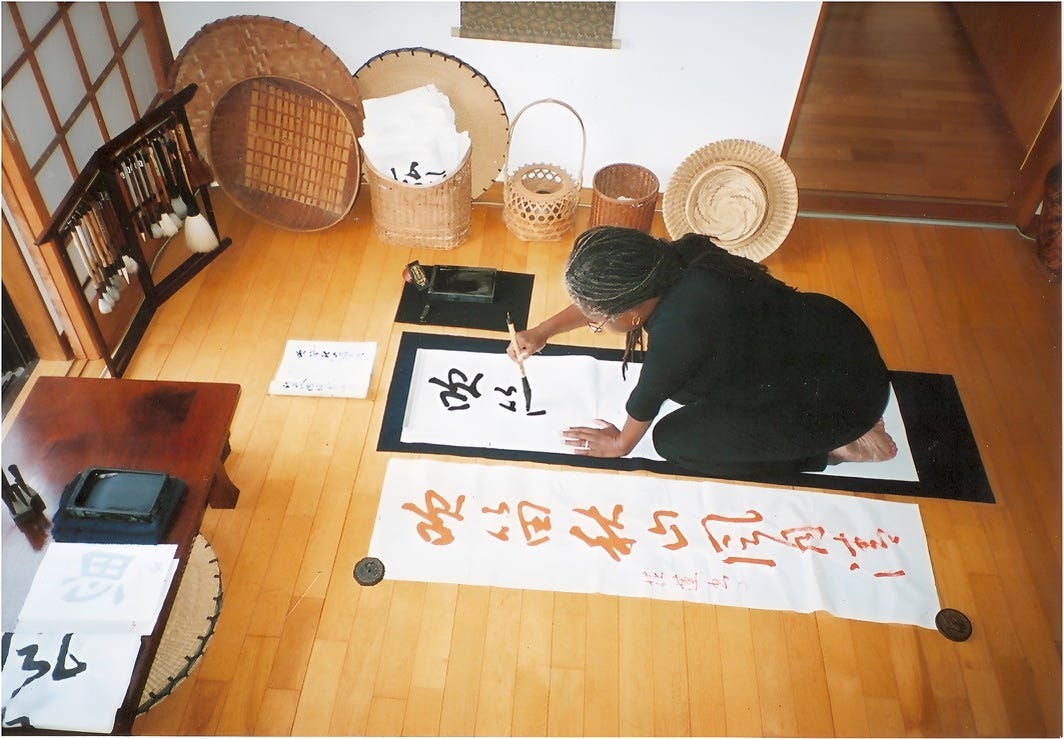
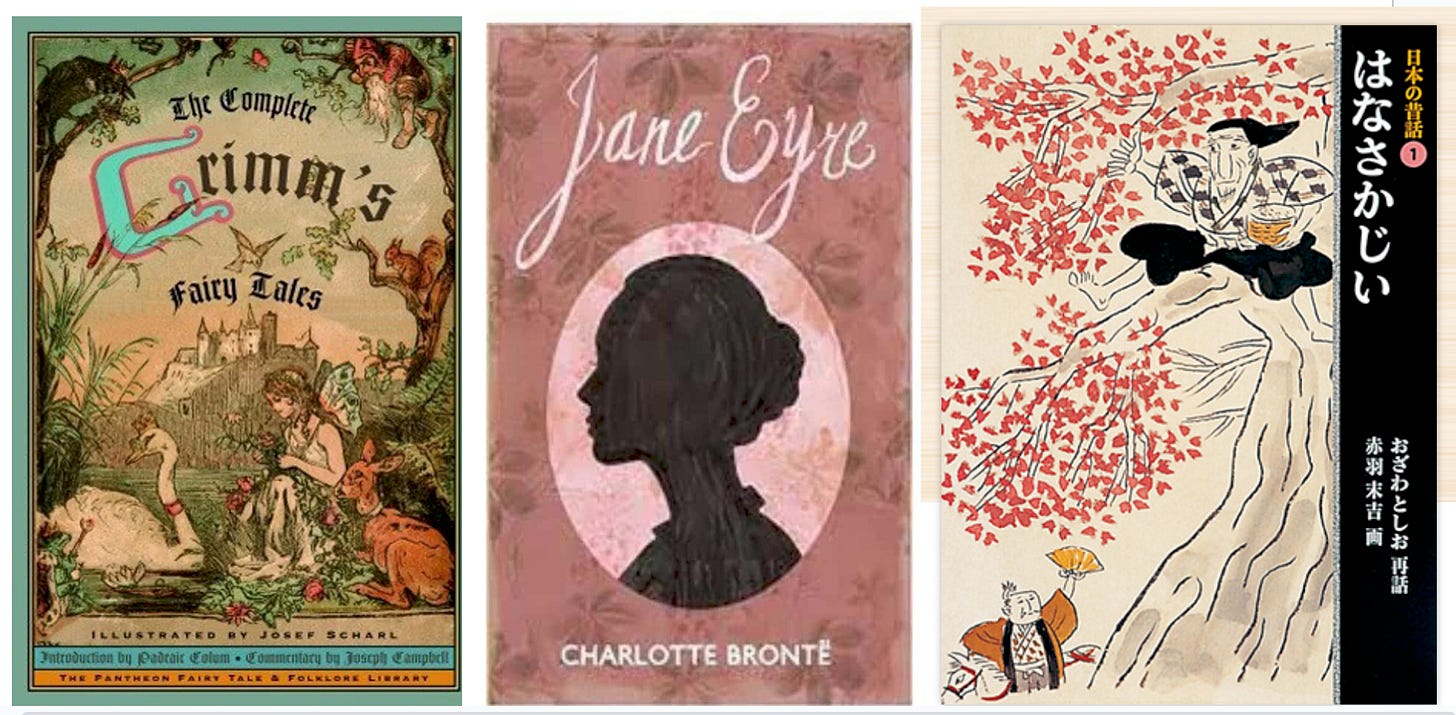

She has lived such an interesting life! I love the quote "What used to be home is as alien to me now as a place I’ve never visited." Very fascinating outlook on origin and home.
Wow- I feel fulfilled